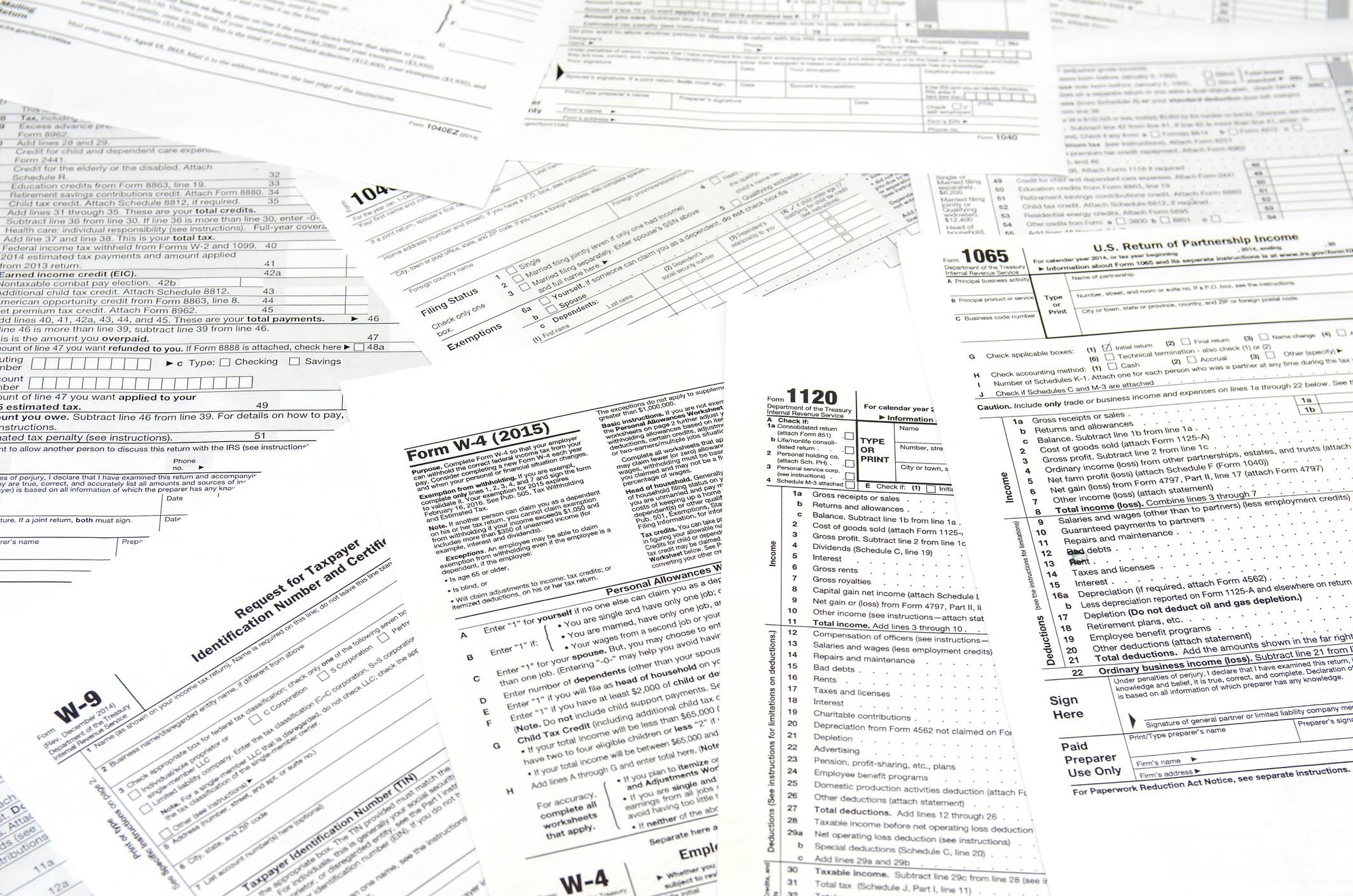When some people think of a workers union, they think of a labor strike or other major conflict between an employer and its workers. While workers unions do sometimes engage in such skirmishes, there’s much more to the role they play in the economy.

What exactly is a workers union?
A workers union is a group of employees who team up to promote their common interests, including better wages, benefits, and working conditions. Sometimes referred to as “labor unions” or simply “unions,” workers unions represent their members in discussions with employers.
About 11% of employees in the U.S. are represented by workers unions according to the U.S. Department of Labor. That figure includes almost 1.8 million workers who weren't affiliated with a union but whose positions were covered by a contract between a workers union and an employer. Membership in workers unions was split almost evenly between the public and private sectors.
The history of workers unions in the U.S.
In 1794, a group of shoemakers formed the Federal Society of Journeymen Cordwainers. The organization became the first workers union in the U.S. The seeds of this first union were planted even earlier, though. For example, in 1768 a group of New York journeymen tailors went on strike to protest a cut in their pay.
Other local workers unions were formed in the 19th century. For example, the Mechanics’ Union of Trade Associations was created in 1827 in Philadelphia. In 1852, a group of local printers unions in the U.S. combined to form the National Typographical Union. This union changed its name to the International Typographical Union in 1873 with the addition of some Canadian printers.
Arguably the biggest milestone in the history of workers unions in the U.S. was the founding of the American Federation of Labor (AFL) in 1886. Led by Samuel Gompers, the AFL gained significant momentum in the 1890s.
The Committee for Industrial Organizations, which later became the Congress of Industrial Organizations (CIO), was formed in 1935 in the midst of the Great Depression. In 1955, the AFL and CIO merged, creating the AFL-CIO. The new entity became a powerful force in the U.S., negotiating higher pay and improved benefits for millions of employees.
However, the influence of workers unions began to decline in the 1970s. Increased deregulation in the U.S. and competition from international markets combined to reduce the strength of unions.
What are the pros and cons of workers unions?
The pros and cons for workers include:
Pros | Cons |
|---|---|
Can bring increased pay and benefits | Require dues and fees, in some cases even for workers who don’t want to join the union |
Make it easier to address problems with employers | Can make promotion for younger workers more difficult due to unions’ focus on seniority |
Provide a voice in advancing political causes that benefit workers | Can cause employers to be less competitive and reduce job security over the long term |
Workers unions also have pros and cons for employers, such as:
Pros | Cons |
|---|---|
Can result in lower employee turnover | Can increase labor costs that lead to employer becoming less competitive, such as by requiring pensions |
Can result in better trained workforce | Can make it harder to promote and terminate workers |
Can improve workplace safety and therefore profitability | Make it easier for employees to strike |
Related investing topics
Major workers unions in the U.S.
Major workers unions in the U.S. include:
- American Federation of Government Employees
- American Federation of State, County, and Municipal Employees
- American Federation of Teachers
- American Nurses Association
- American Postal Workers Union
- Communications Workers of America
- International Allliance of Theatrical State Employees
- International Association of Firefighters
- International Association of Machinists and Aerospace Workers
- International Brotherhood of Electrical Workers
- International Longshore and Warehouse Union
- International Union of Operating Engineers
- International Union of Painters and Allied Trades
- Laborers’ International Union of North America
- Major League Baseball Players Association
- National Association of Letter Carriers
- National Education Association
- National Football League Players Association
- National Postal Mail Handlers
- Screen Actors Guild
- Service Employees International Union
- Teamsters
- Transport Workers Union of America
- Unite Here
- United Association of Journeymen and Apprentices of Plumbing and Pipe Fitting Industry
- United Automobile, Aerospace and Agricultural Implement Workers of America
- United Brotherhood of Carpenters and Joiners of America
- United Farm Workers
- United Food and Commercial Workers International Union
- United Steel Workers


















